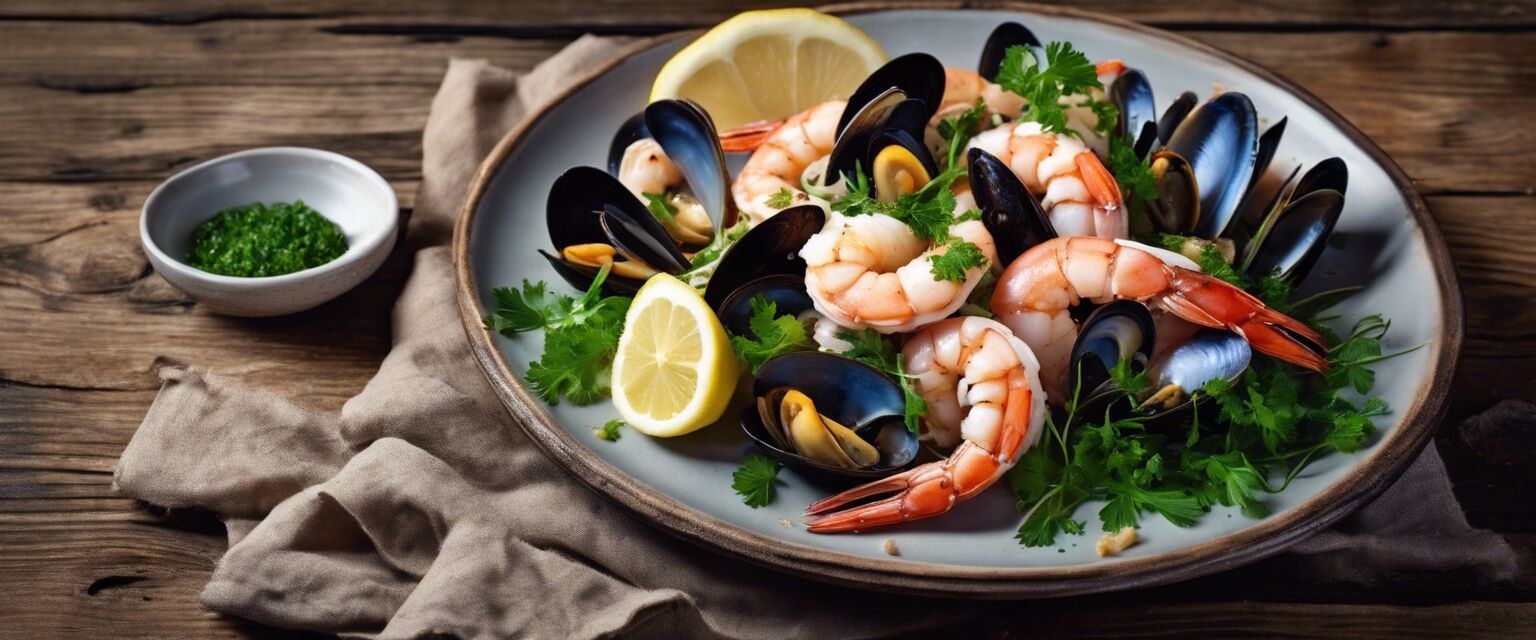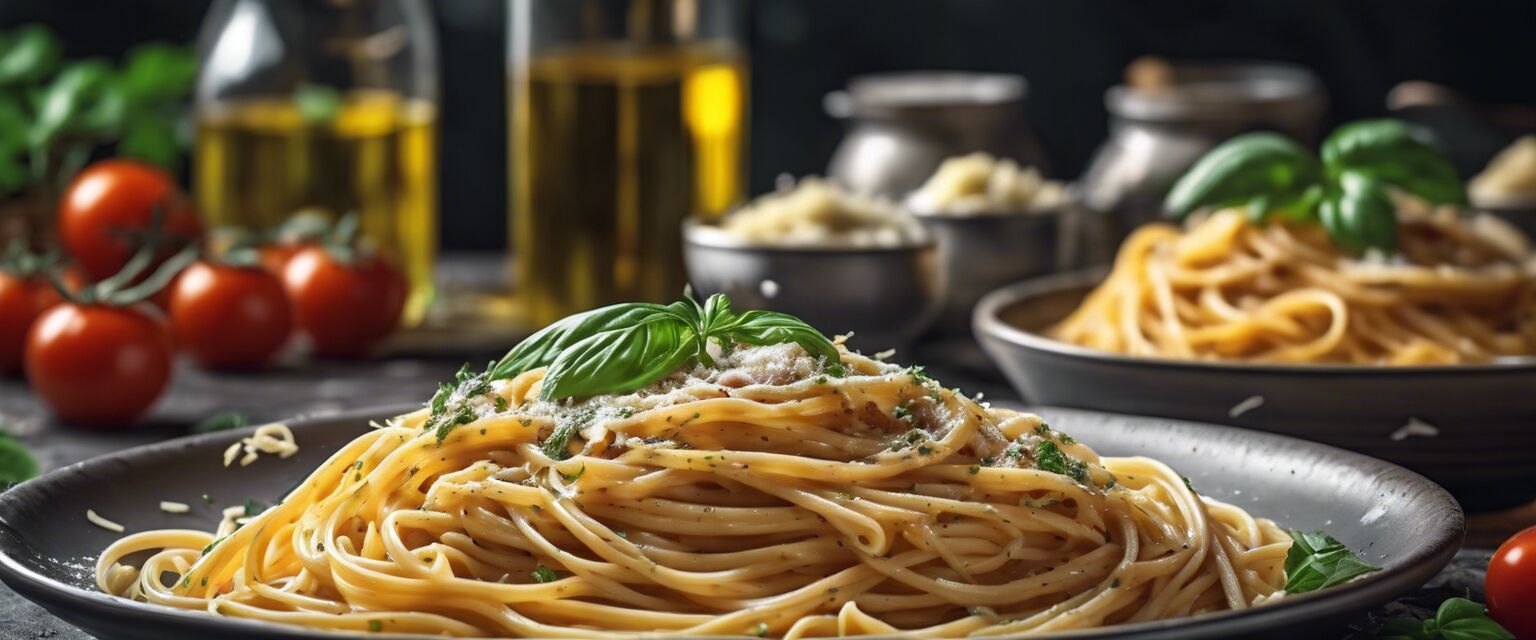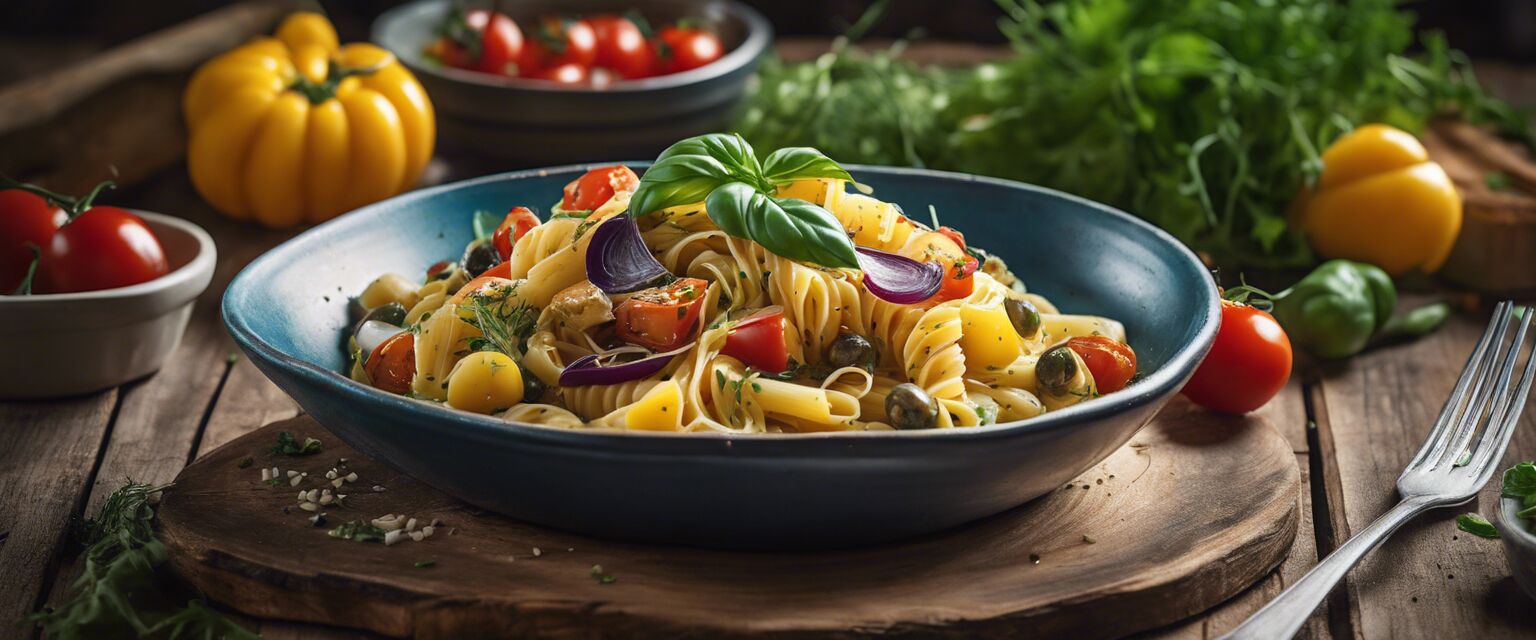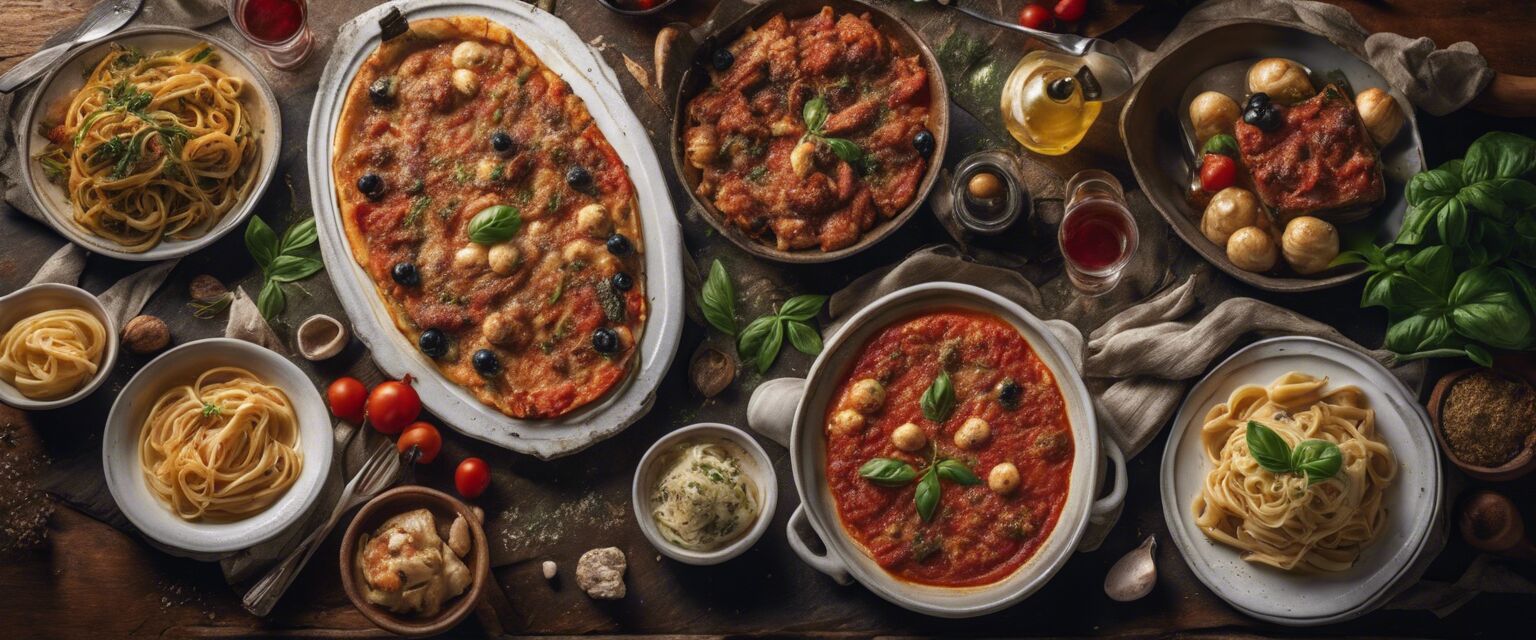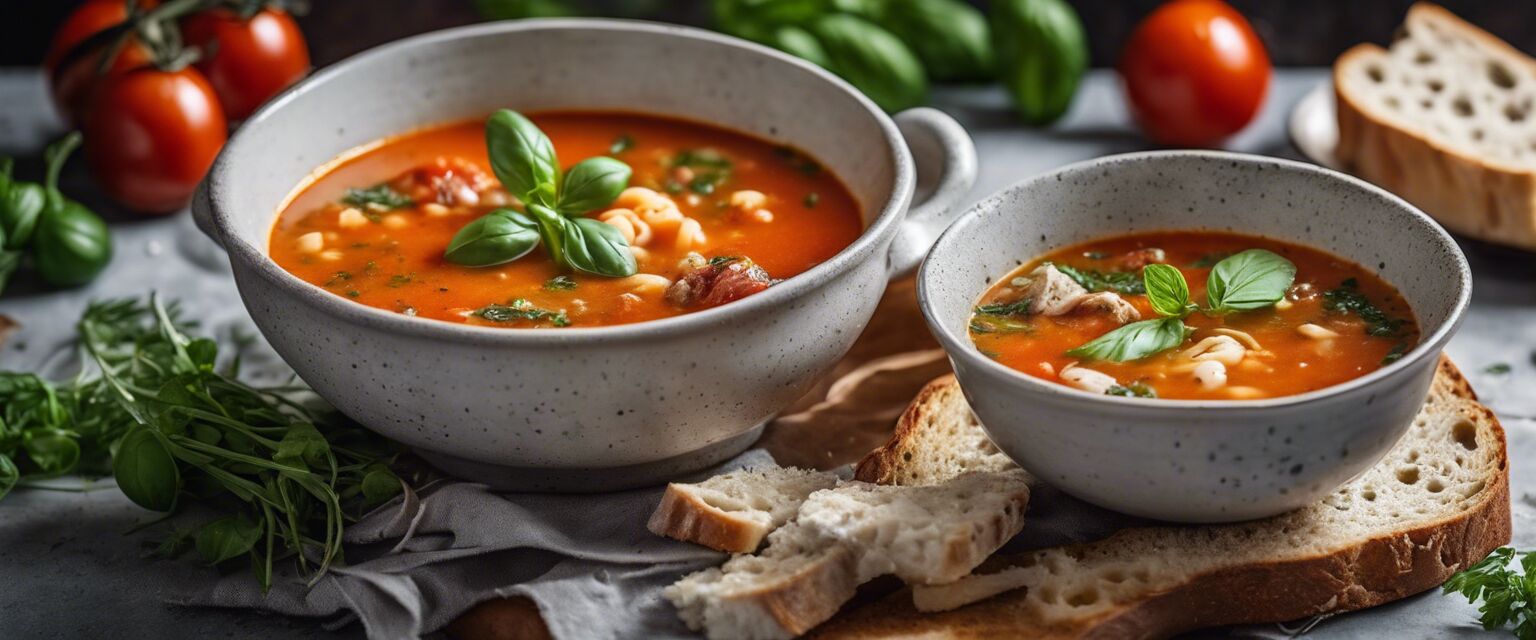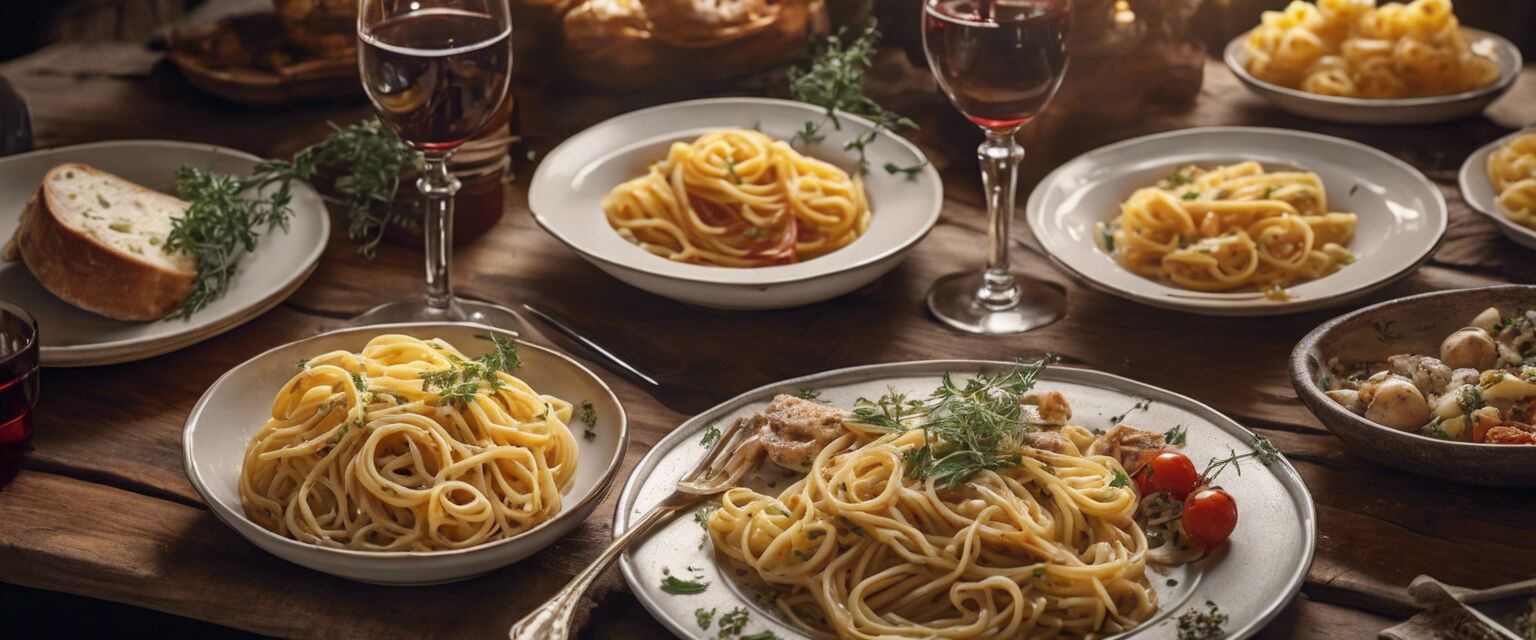
Italian Sauces & Condiments
Key Takeaways
- Italian sauces and condiments are essential for enhancing flavors in your dishes.
- There are various types of sauces including tomato-based, cream-based, and pesto.
- Using high-quality ingredients is crucial for authentic Italian flavors.
- Explore different regional sauces to diversify your cooking.
Enhance your cooking with these essential Italian sauces and condiments. These flavorful additions can turn a simple dish into a culinary masterpiece. From rich tomato sauces to zesty pestos, Italian cuisine offers a diverse range of options that cater to every palate.
Types of Italian Sauces
| Sauce Type | Main Ingredients | Use Cases |
|---|---|---|
| Marinara | Tomatoes, garlic, olive oil, herbs | Pasta, pizza, dipping |
| Pesto | Basil, pine nuts, parmesan, olive oil | Pasta, sandwiches, dressings |
| Alfredo | Butter, cream, parmesan | Pasta, lasagna |
| Bolognese | Ground meat, tomatoes, onions, carrots | Pasta, lasagna, pizza |
Popular Italian Condiments
| Condiment | Main Ingredients | Uses |
|---|---|---|
| Balsamic Vinegar | Grapes, vinegar | Salads, marinades, drizzling |
| Olive Oil | Olives | Cooking, dressings, dipping |
| Capers | Capers plant | Salads, sauces, garnishes |
| Sun-Dried Tomatoes | Tomatoes | Salads, pastas, antipasto |
How to Make Authentic Italian Sauces
Beginner's Tips
- Always use fresh ingredients for the best flavor.
- Simmer sauces for a longer time to deepen the flavors.
- Experiment with herbs and spices to find your preferred taste.
- Pair sauces with complementary dishes for maximum enjoyment.
Making authentic Italian sauces is easier than you might think. Hereâs a quick guide to help you start:
Marinara Sauce Recipe
- Heat olive oil in a pan.
- Add minced garlic and sauté until golden.
- Stir in crushed tomatoes, salt, and pepper.
- Simmer for 20-30 minutes, adding fresh herbs like basil.
- Serve hot over pasta or use as a pizza base.
Pesto Sauce Recipe
- In a food processor, combine basil, garlic, and pine nuts.
- Pulse until finely chopped.
- Add olive oil and parmesan while processing.
- Adjust seasoning with salt and pepper.
- Serve with pasta or as a spread.
Regional Variations of Italian Sauces
Italian cuisine is rich in regional diversity. Here are some famous regional sauces:
| Region | Signature Sauce | Description |
|---|---|---|
| Tuscany | Ragù alla Fiorentina | A rich meat sauce with tomato and red wine. |
| Lazio | Amatriciana | Tomato sauce with guanciale and pecorino cheese. |
| Sicily | Salsa di Pomodoro | A fresh sauce made from garden tomatoes and herbs. |
Storage Tips for Sauces and Condiments
To keep your sauces and condiments fresh, consider the following tips:
- Store sauces in airtight containers to prevent spoilage.
- Label containers with the date made for easier tracking.
- Some sauces can be frozen for long-term storage.
- Keep condiments in a cool, dark place to maintain flavor.
Final Thoughts
Italian sauces and condiments are essential tools in creating delicious meals. By understanding the various types and how to use them, you can elevate your cooking to new heights. Don't hesitate to explore different flavors and regional specialties.
Pros
- Enhances flavor in dishes.
- Variety of options to suit different tastes.
- Easy to make at home.
- Can be stored for convenience.
Cons
- Some sauces require specific ingredients that may be hard to find.
- Homemade sauces can vary in consistency.
- Time-consuming to prepare for some recipes.
Explore More Italian Recipes
For more Italian recipes and cooking tips, visit our other pages:
- Beauty Secrets of Italy
- Italian Cooking Gadgets
- Italian Health Remedies
- Italian Ingredients Essentials
- Italian Kitchen Decor
Images of Italian Sauces



